The Definitive Guide to Turkish Angora Cat Breeding Standards
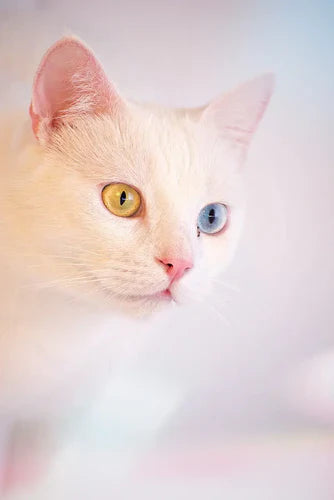
Turkish Angora Cat Breed Overview
The Turkish Angora breed, with its origins rooted in Turkey, embodies elegance, intelligence, and an affectionate nature. Their striking appearance, marked by a silky, long coat, captivating blue or heterochromatic eyes, and a slender physique, distinguishes them. Known for their playful disposition and strong bonds with owners, Turkish Angoras are revered companions.
Understanding Turkish Angora Cat Breeding Standards
Turkish Angora cat breeding standards serve as the foundation for preserving the breed's distinctive attributes and integrity. These standards are established by prominent associations and organizations such as The International Cat Association (TICA) and the Cat Fanciers' Association (CFA).
Physical Characteristics
Coat
The hallmark of the Turkish Angora is its luxurious, fine-textured, and without an undercoat. A variety of colors are recognized, but for competition purposes, the white-coated Turkish Angora is generally favored by both CFA and TICA standards.
Body Structure
Characterized by a graceful, slender physique, the Turkish Angora boasts a medium to long body, long legs, and a tapering tail. Its refined bone structure harmonizes with its strength and agility.
Head and Eyes
A wedge-shaped head, slightly longer than wide, adorned with large, tufted ears, defines the Turkish Angora. Their almond-shaped eyes come in various mesmerizing colors like blue, amber, green, or even heterochromatic combinations.
Breeding Practices
Breeding Turkish Angora cats demands meticulous adherence to the breed standards to sustain the breed's purity and desirable traits. Responsible breeders prioritize health, temperament, and alignment with the breed standard.
Selective Pairing
Seasoned breeders meticulously select mating pairs, focusing on complementing traits while aiming to enhance or maintain the breed's standard characteristics. This selective process is crucial to avoid genetic health issues and enhance overall breed quality.
Health Screening
Thorough health screenings are essential for responsible breeders to eliminate hereditary disorders and ensure the well-being of parent cats and their progeny. Regular veterinary check-ups, genetic testing, and screenings for common feline health issues are integral to maintaining the breed's health.
Conclusion
Comprehending and strictly adhering to Turkish Angora cat breeding standards is pivotal for safeguarding the breed's unique legacy and ensuring its perpetual preservation. Meticulous attention to detail regarding physical attributes, selective breeding practices, and stringent health screenings not only uphold the breed's distinctive qualities but also contribute significantly to its continued existence.
The commitment of devoted breeders and enthusiasts to maintain the breed's integrity and adhere to established standards plays a crucial role in preserving the Turkish Angora’s elegance and allure. By upholding these standards, we honor the breed's heritage while ensuring its future remains vibrant, captivating, and true to its remarkable lineage.
Embracing the responsibility of upholding Turkish Angora cat breeding standards fosters a community dedicated to cherishing and perpetuating the grace, intelligence, and unique charm embodied by these magnificent felines. It is through this collective dedication that the Turkish Angora breed continues to thrive and enchant enthusiasts worldwide. Learn about the meticulous adherence to standards, physical characteristics, and responsible breeding practices for these elegant felines. If you are looking for Turkish Angora kittens available for sale, Purebred Kitties offers a diverse range of options for Turkish Angora kittens for sale.
FAQs
- How crucial are breeding standards in maintaining Turkish Angora cats' quality?
Breeding standards are pivotal in preserving quality by ensuring desired traits and minimizing genetic discrepancies.
- What are the primary factors evaluated in Turkish Angora cat breeding standards?
Evaluation factors include coat texture, color patterns, eye hues, body structure, and temperament, conforming to specific breed standards.
- How can breeders maintain the purity of Turkish Angora cat lineage?
Preserving lineage involves meticulous records, strategic pairings, and strict adherence to established breeding standards for Turkish Angora cats.
- Are there common health concerns related to breeding standards in Turkish Angora cats?
While responsible breeders prioritize health checks, some hereditary conditions, like deafness or heart issues, might arise but can be managed with proper care.
- How do environmental factors impact Turkish Angora cat breeding?
Environmental influences significantly affect a cat's well-being, potentially impacting breeding outcomes and the overall health of Turkish Angora cats.
- What measures can breeders take to uphold ethical breeding practices?
Adhering to ethical practices entails prioritizing cat welfare, conducting health evaluations, avoiding overbreeding, and ensuring optimal living conditions.
Tags:

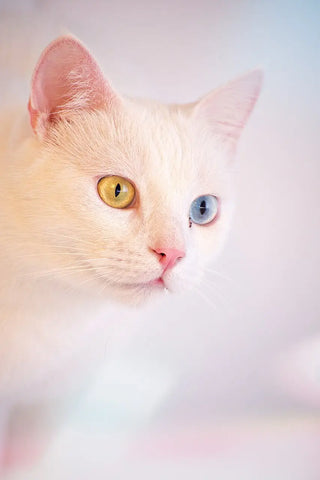




















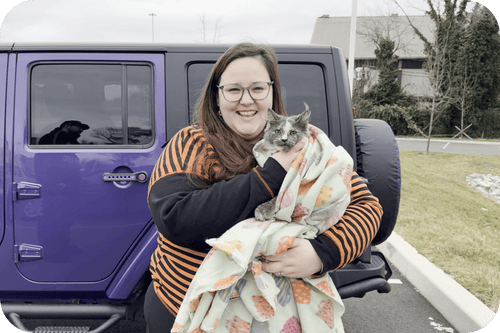




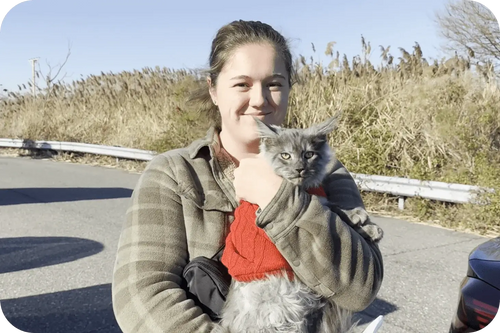
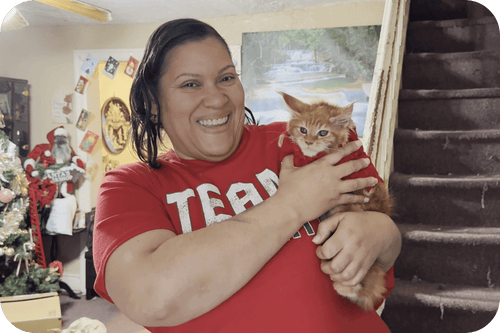

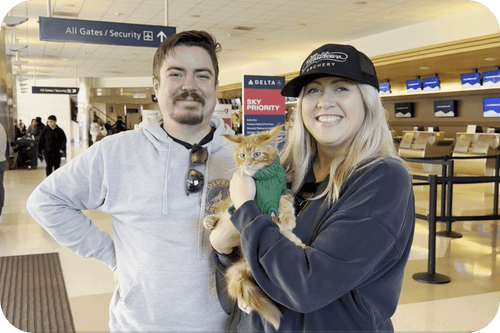
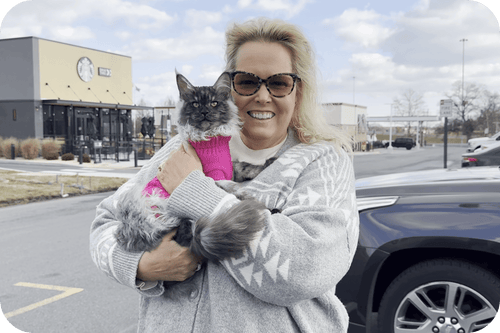


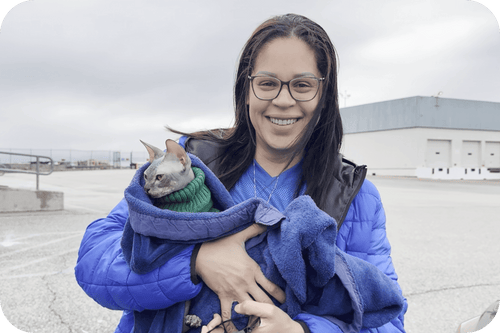
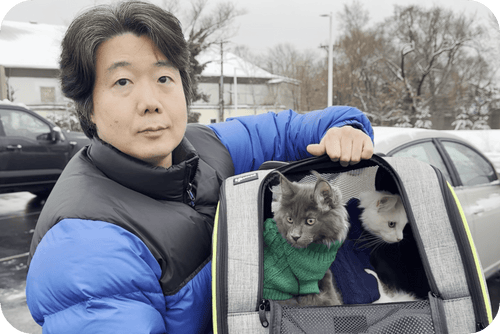
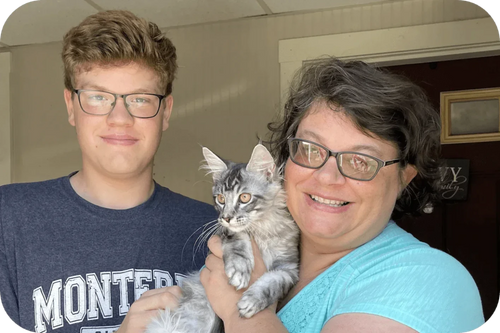
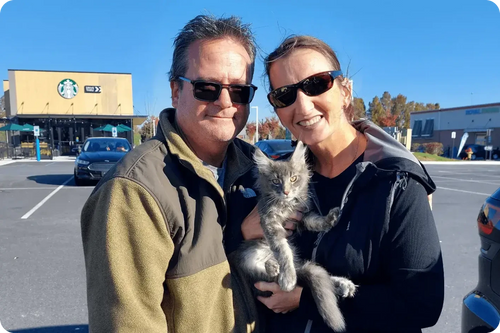
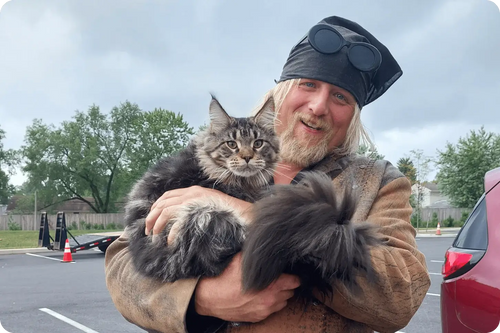
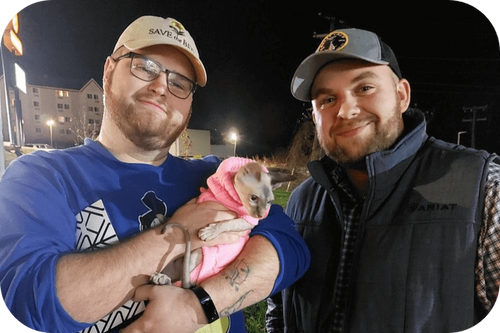

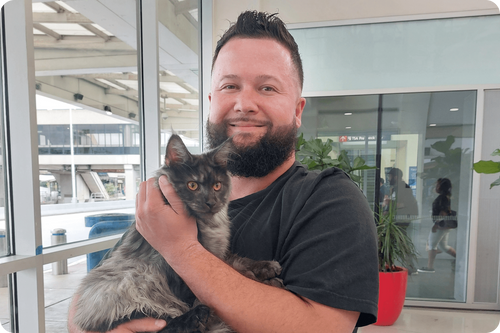















Comments(0)